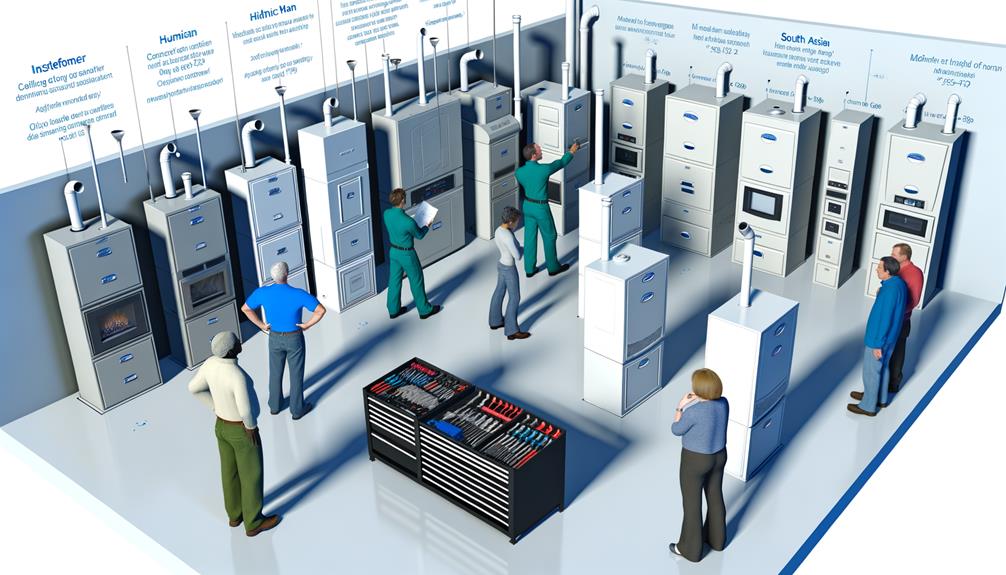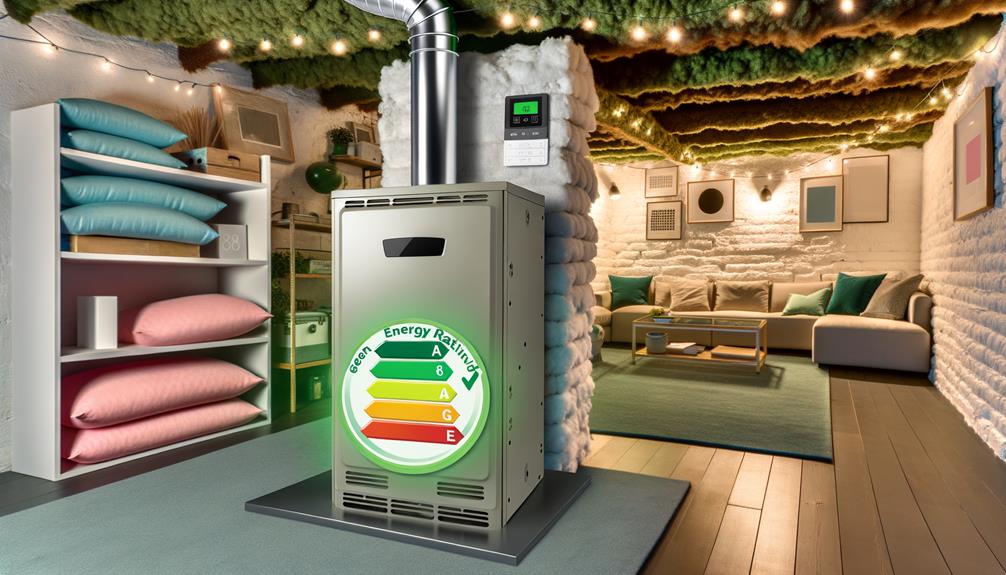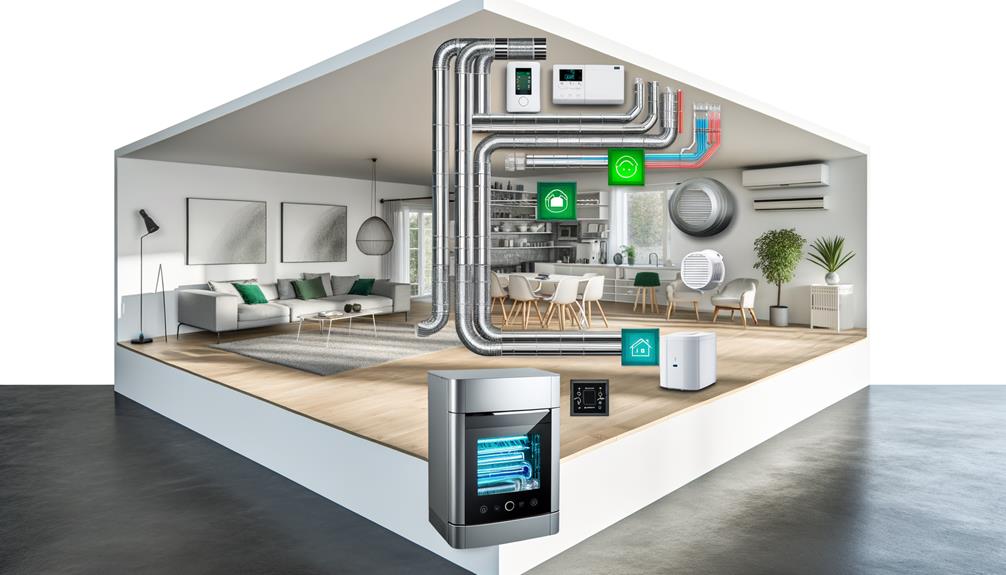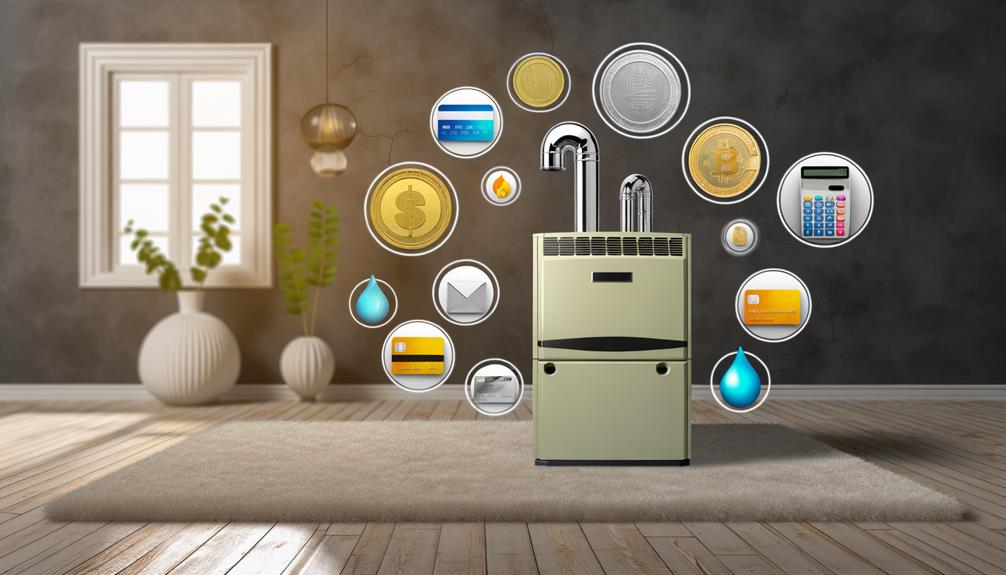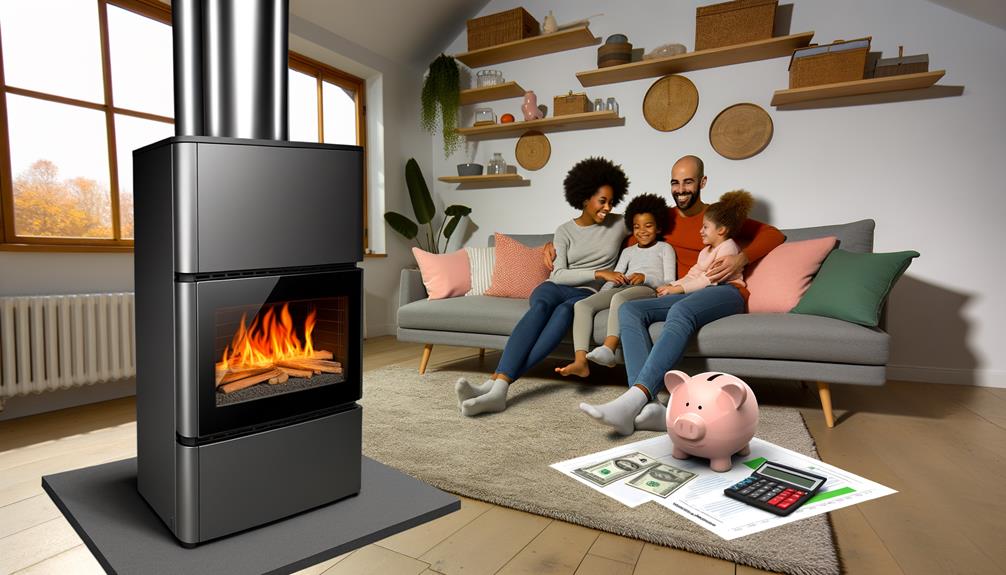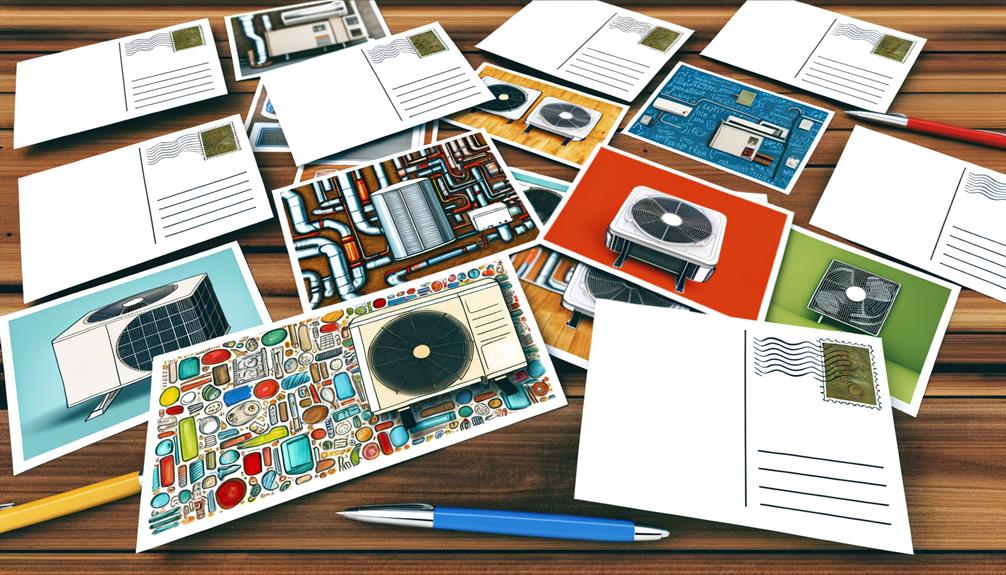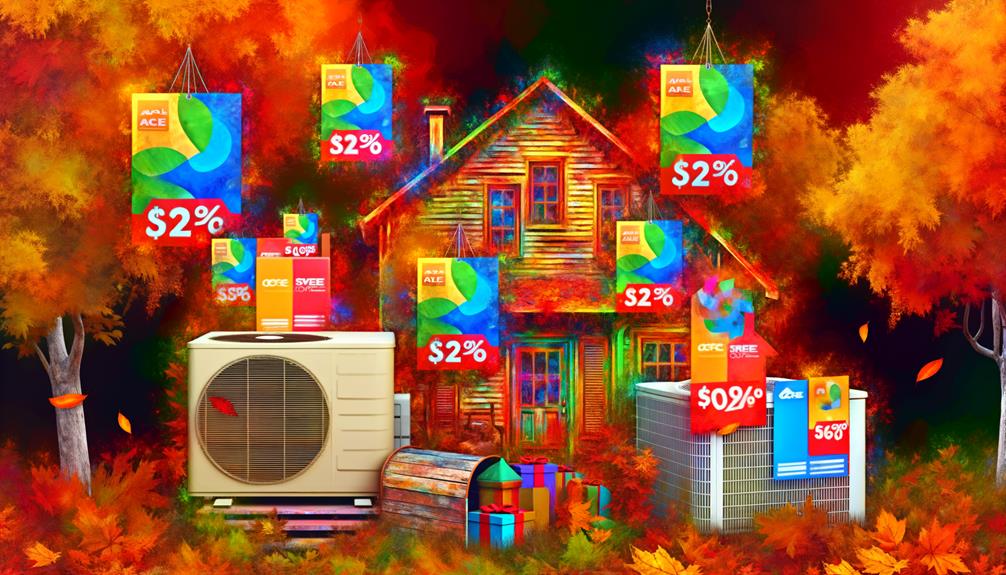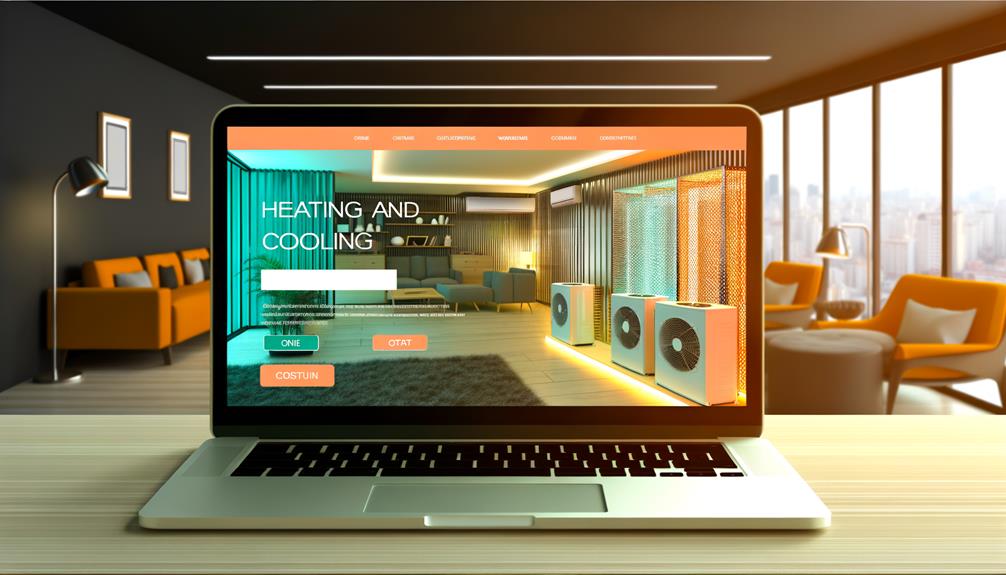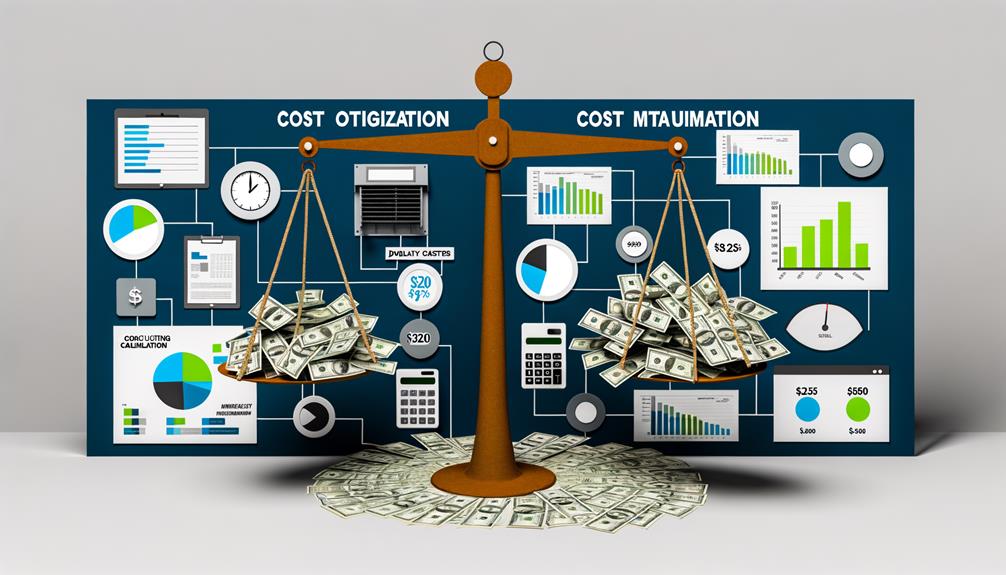How Much Does It Cost To Install a Ductless Mini-Split in 2024?
Imagine, for a moment, spending enough on a ductless mini-split installation to make your wallet gasp for air. In 2024, understanding this cost isn’t merely about dollars and cents; it’s a journey through the maze of zones, capacities, and the intricacies of installation. From the single-zone systems that seem deceptively simple to the multi-zone setups with their own set of challenges, each choice carries its own price tag. But beyond the initial sticker shock, there lies an enticing promise of energy savings and comfort that beckons you to explore further.
Factors Affecting Installation Costs
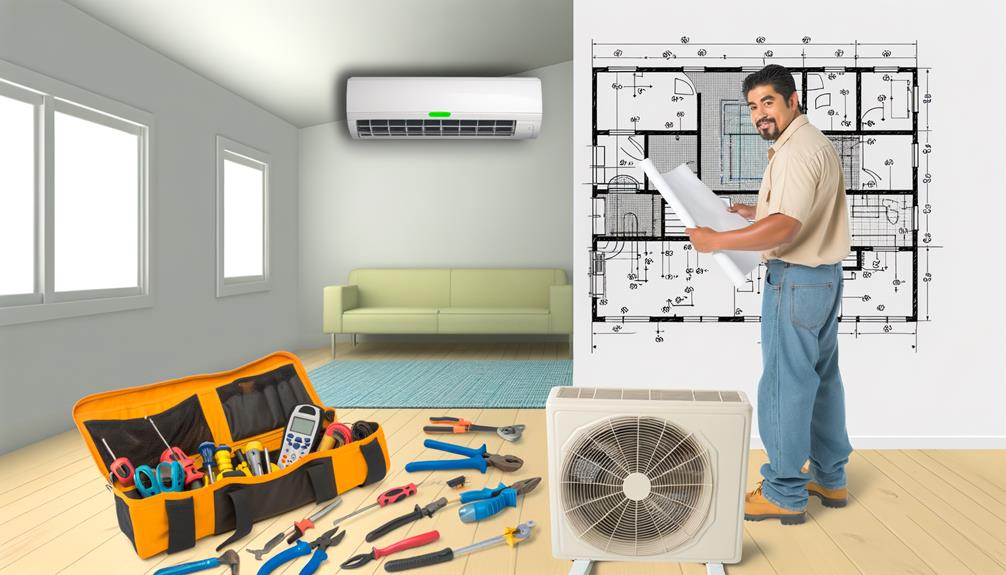
When considering the installation of a ductless mini-split, several factors can greatly influence the overall cost. I remember the first time I initiated this journey, enthusiastic to transform my home climate with precision and efficiency. The first hurdle was determining the number of zones I needed. Each additional zone meant another indoor unit, and consequently, the cost started to climb.
I pondered over the layout of my home, wondering how best to maximize comfort without breaking the bank. Next, I faced the choice of unit capacity. The size of the unit directly affects both its efficiency and price. A larger area needed a more powerful system, but I learned that an oversized unit could lead to inefficiencies and wasted energy.
Finding the right balance required careful calculation and a keen understanding of my home’s square footage and insulation quality. Installation complexity was another cost driver. My home’s structure posed unique challenges, with its thick walls and limited attic space. The more challenging the installation, the higher the labor costs.
I found myself negotiating with installers, each presenting different solutions that varied in price and time. Of course, I couldn’t ignore the brand and model of the mini-split itself. Some brands carried a premium, promising superior performance and longevity.
I weighed the long-term benefits against the upfront costs, aiming for a solution that matched my budget and aspirations. Through this process, I realized that while the path to comfort has its price, understanding these factors empowered me to make informed decisions, ensuring that my investment paid off in both warmth and wisdom.
Average Price Range
As I navigated through the maze of options for installing a ductless mini-split, I found that understanding the average price range was like piecing together a financial puzzle. Each piece revealed something new—installation fees, labor costs, and more.
As I explored deeper, I realized that the cost could vary widely, influenced by factors like the system’s capacity, the number of indoor units, and regional labor rates.
The numbers started to take shape, guiding me through what felt like an elaborate treasure map. On average, the price range for installing a ductless mini-split system typically spans from $2,000 to $7,000. This broad spectrum intrigued me, as it reflected the diverse needs and preferences of homeowners.
To make sense of this range, I broke it down into digestible insights that could illuminate the path for anyone considering such an investment:
-
Single-Zone Systems: Generally, these are at the lower end, costing between $2,000 and $4,000, perfect for one room or small spaces.
-
Multi-Zone Systems: These often range from $4,000 to $7,000, offering flexibility for larger homes with multiple rooms.
-
Location Matters: Prices fluctuate based on where you live; urban areas might see higher labor costs.
-
Brand and Model: High-end brands or models with advanced features can push costs upwards.
-
Installation Complexity: A simple setup might be less expensive, while a more complex one could greatly add to costs.
Understanding these elements helped me see the bigger picture, transforming the financial puzzle into a clear, navigable path.
Equipment and Material Expenses
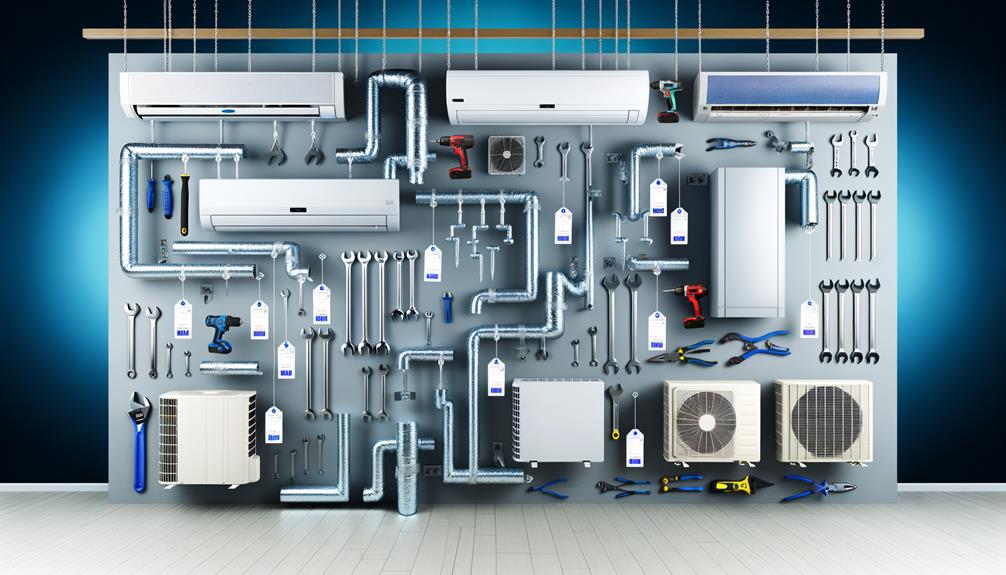
When I first explored installing a ductless mini-split in my home, I was amazed by the variety of unit pricing and the associated installation material costs.
It’s fascinating how the initial investment can be offset by the energy efficiency benefits these systems offer, potentially saving you money in the long run.
As I walked through the aisles, I realized each component, from the sleek indoor units to the robust outdoor compressors, plays an essential role in both upfront expenses and future savings.
Unit Pricing Details
Installing a ductless mini-split system can, for many homeowners, be both a practical and cost-effective solution to heating and cooling needs.
As I initiated this journey, I discovered that understanding unit pricing details is essential in making informed decisions.
Imagine the thrill of finding the perfect unit that aligns with both your budget and home requirements, transforming your space into a haven of comfort.
Here’s a peek into what I unearthed about unit pricing:
- BTU Capacity: Units are priced based on British Thermal Units (BTU). A higher BTU means more power, often translating to a higher price.
- Brand Reputation: Established brands like Mitsubishi and Daikin might cost more, but they offer reliability and efficiency.
- Number of Zones: Multi-zone systems, which can control different areas independently, tend to be pricier than single-zone units.
- Energy Efficiency: Look for high SEER (Seasonal Energy Efficiency Ratio) ratings; they may cost more upfront but save money over time.
- Additional Features: Smart controls, air purification, and dehumidification can enhance comfort but also increase costs.
Understanding these elements helped me navigate the pricing landscape with confidence, ensuring I invested in a system that offers both performance and value.
Installation Material Costs
Starting on the journey of installing a ductless mini-split system, I quickly realized that understanding installation material costs is essential.
It all began with the realization that the right materials could make or break the efficiency and longevity of the system. I found myself diving into a world filled with pipes, brackets, and insulation materials. Each component, though seemingly minor, played a vital role in the grand scheme of things.
The copper refrigerant lines, for instance, are like the veins of the mini-split, ensuring that cool air flows efficiently. Quality here is non-negotiable, as it directly impacts system performance.
Then, there are the mounting brackets—those sturdy supports that hold the indoor and outdoor units in place. It’s fascinating how something so simple can have such a significant impact on the system’s stability and noise levels.
And let’s not forget the electrical wiring and conduits. They weave the connection between components, ensuring everything communicates seamlessly.
I learned that even the smallest oversight could lead to unnecessary energy use. In this intricate dance of materials, investing in quality and precision became my mantra.
After all, a well-installed system is an investment in comfort and peace of mind.
Energy Efficiency Benefits
As I explored deeper into the world of ductless mini-split systems, one undeniable truth emerged: energy efficiency isn’t just a perk; it’s a game-changer.
Imagine a world where your air conditioning system not only keeps you cool but also saves money and reduces your carbon footprint—sounds like a dream, right? Well, this dream is very much a reality with ductless mini-splits. These systems are designed to optimize energy use, offering precise temperature control for individual rooms.
Let me share a few compelling reasons why energy efficiency in ductless mini-splits is revolutionary:
- Zoned Comfort: Each unit can be adjusted to different temperatures, ensuring no energy is wasted cooling empty spaces.
- Inverter Technology: These systems adjust their speed to match the cooling demand, reducing energy consumption.
- No Duct Losses: Traditional ductwork can waste a significant amount of energy, but ductless systems bypass this inefficiency.
- Lower Utility Bills: With reduced energy use, you’ll notice a substantial decrease in your monthly utility costs.
- Eco-Friendly Choice: By using less energy, ductless mini-splits contribute to a smaller carbon footprint.
Embrace this innovation and experience a harmonious blend of comfort and efficiency.
Labor and Installation Fees
When I first considered installing a ductless mini-split, I quickly realized the importance of professional installation.
It’s not just about guaranteeing everything works smoothly; it’s also about understanding the timeframe for completion, which can considerably impact your daily routine.
Hiring a skilled technician might seem like an added expense, but their expertise guarantees your system is up and running efficiently without unexpected delays.
Professional Installation Costs
In the domain of home upgrades, maneuvering through the process of installing a ductless mini-split system can seem like an adventure. Imagine this: you’re at the helm, steering your home towards enhanced comfort and efficiency.
However, this journey often involves professional hands to guide the installation, ensuring the system is fitted seamlessly and functions flawlessly. Let’s explore what you might encounter on this path.
When enlisting a professional, you’re investing in expertise. The cost fluctuates based on complexity, location, and your specific needs. Here’s what might come into play:
- System Size and Complexity: Larger systems or multiple zones can drive up labor costs.
- Location Nuances: Urban areas might see higher fees compared to rural locales.
- Installation Specifics: Wall types and accessibility can affect labor intensity.
- Permits and Regulations: Some regions require permits, adding to costs.
- Experience and Reputation: Highly skilled technicians may charge more, but often deliver superior results.
Each of these elements shapes the narrative of your installation experience.
Timeframe for Completion
Imagine initiating the journey of installing a ductless mini-split system, and you’re curious about how long the voyage will take. Visualize this: a skilled technician arrives at your doorstep, tools in hand, ready to transform your living space into an oasis of comfort.
This isn’t just a quick fix—it’s a carefully orchestrated process. Typically, the installation of a single-zone mini-split takes about four to eight hours. Factors such as the complexity of the setup and the structure of your home can influence this timeframe.
As the technician navigates through each step, from placing the indoor unit to connecting the outdoor compressor, you’re likely to observe a dance of precision and expertise.
It’s essential to remember that the labor and installation fees you pay aren’t just for the hours spent but also for the finesse and attention to detail that guarantee your system operates flawlessly.
In the grand scheme, this timeframe is a small investment for the long-term comfort and efficiency a ductless mini-split offers.
Cost-Saving Tips
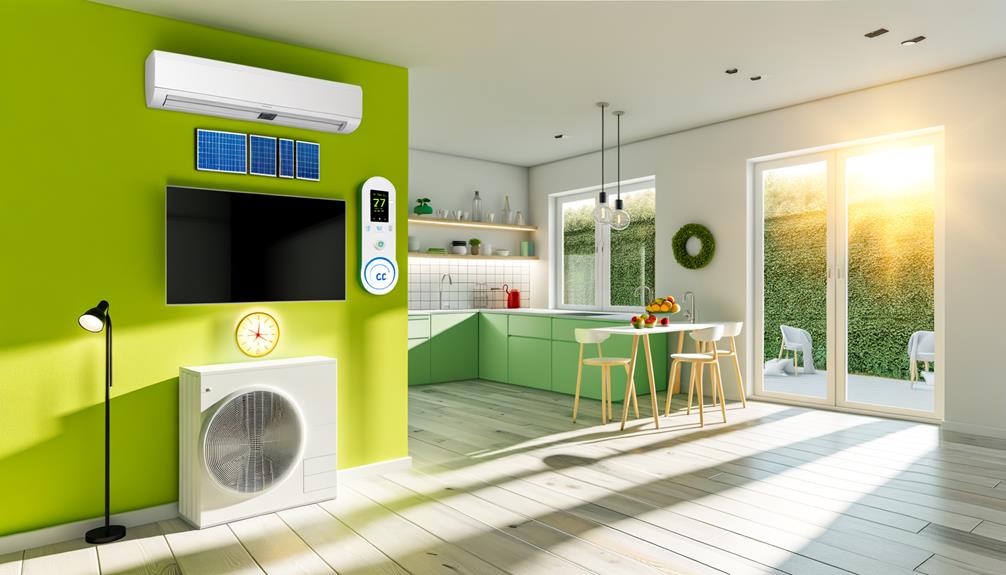
As you commence on the journey of installing a ductless mini-split, you’re likely enthusiastic to uncover ways to keep costs in check without compromising quality.
Imagine, if you will, the satisfaction of a cool breeze on a summer day or gentle warmth in winter, all achieved without breaking the bank. I’ve navigated this path and am thrilled to share some nuggets of wisdom that might just make your journey smoother and more economical.
First, consider the power of research and comparison. It’s like treasure hunting—seeking out the best deals and ensuring you know what each option offers before committing.
Next, envision the art of negotiation. Don’t shy away from discussing pricing with contractors; sometimes, a simple conversation can lead to unexpected discounts or added value.
To aid you further, here are five cost-saving tips to ponder:
- DIY When Possible: Tackle smaller tasks like site preparation or minor installations.
- Shop Off-Season: Prices can drop when demand is low, so consider purchasing in spring or fall.
- Bundle Services: Ask contractors if they offer discounts for combining installation with maintenance services.
- Energy Efficiency: Choose a model with a high SEER rating to save on energy bills long-term.
- Local Rebates: Research local utility rebates or promotions for energy-efficient installations.
Financing and Incentives
Steering through the world of financing and incentives can feel like uncovering hidden treasures on your journey to installing a ductless mini-split. It’s like starting on a quest where each clue leads you closer to making this energy-efficient investment a reality.
When I first began exploring my options, I discovered that savvy financing can greatly ease the financial burden, turning the dream of a comfortable home environment into an attainable goal.
First, let’s talk financing. Many companies offer flexible payment plans tailored to fit different budgets. These plans can range from zero-interest introductory periods to extended payment terms that stretch over several years.
It’s essential to evaluate these options, ensuring they align with your financial situation. I found that speaking directly with providers helps unravel the complexity, making the decision-making process smoother.
Now, onto the incentives. In 2024, governmental bodies and utility companies often provide rebates and tax credits for energy-efficient installations. These incentives can considerably lower the initial costs.
I remember how rewarding it felt to receive a rebate check after my installation—like finding a pot of gold at the end of the energy-saving rainbow. It’s wise to check local and federal resources to see what’s available in your area.
Websites and local utility offices can provide up-to-date information on eligibility and application processes.
In essence, combining smart financing with available incentives creates a powerful strategy. As you navigate this exciting venture, remember that these hidden treasures aren’t just cost savers—they’re steps toward a more sustainable and comfortable home.
Frequently Asked Questions
What Is the Lifespan of a Ductless Mini-Split System?
When I first looked into ductless mini-splits, I discovered they can last 15-20 years with proper maintenance. You won’t believe the comfort they provide, making every penny spent worthwhile over their impressive lifespan.
How Often Should a Ductless Mini-Split Be Serviced?
Ever wondered how often to service a ductless mini-split? I’ve found that annual maintenance keeps mine running efficiently. Regular check-ups prevent costly repairs and guarantee peak performance, a small investment for a comfortable, trouble-free home environment.
Can a Ductless Mini-Split Be Used for Heating and Cooling?
I’ve discovered that a ductless mini-split efficiently heats and cools your home. Its versatility amazed me, offering year-round comfort. You’ll enjoy precise climate control, and mastering its use will transform your living space into a cozy haven.
Are Ductless Mini-Splits Energy Efficient Compared to Traditional HVAC Systems?
When I compared ductless mini-splits to traditional HVAC systems, I discovered their impressive energy efficiency. They use advanced technology to precisely control temperature, reducing energy waste. You’ll appreciate their cost-saving benefits while enjoying consistent comfort year-round.
How Noisy Are Ductless Mini-Split Systems During Operation?
Did you know ductless mini-splits operate at a mere 19 decibels? Imagine a whisper in your ear—barely noticeable. I installed one last year and it quietly transforms the room’s climate without disrupting peace.
Conclusion
As you stand in your cozy living room, the gentle hum of the ductless mini-split whispers comfort and efficiency. Picture the warmth wrapping around you in winter and the revitalizing coolness in the sweltering summer heat. Investing in this system isn’t just about upfront costs; it’s about crafting a haven of tranquility and savings. By steering through installation factors wisely, you’re not just enhancing your home’s climate—you’re painting a picture of comfort and efficiency for years to come.
